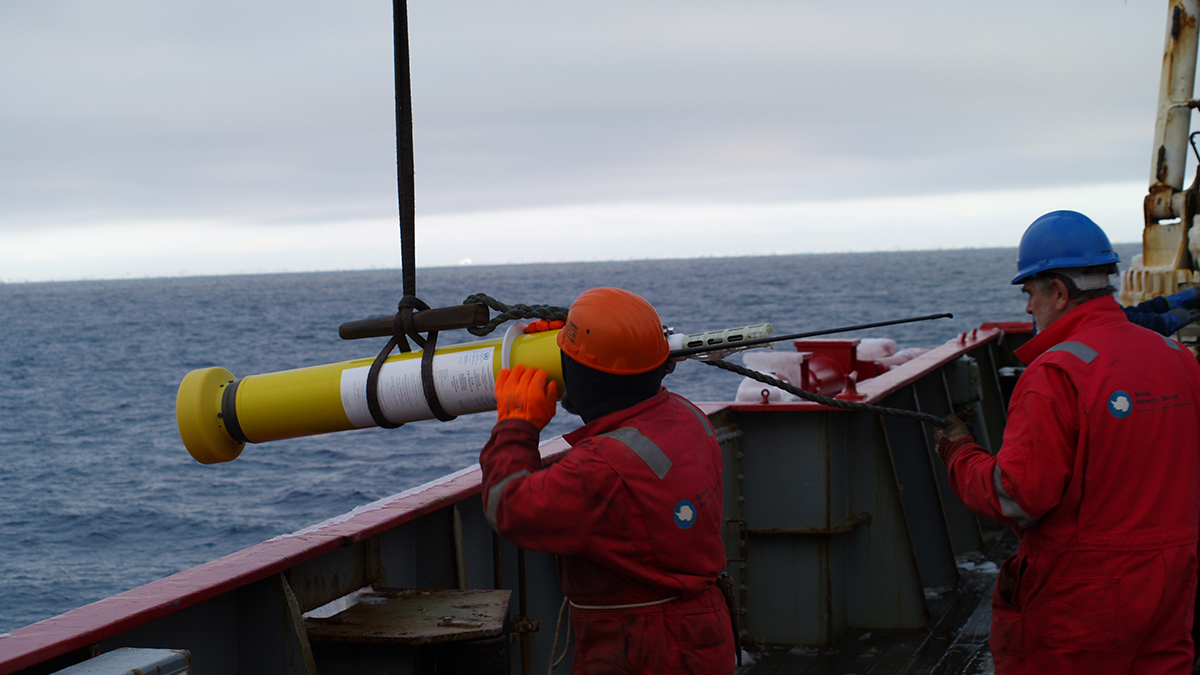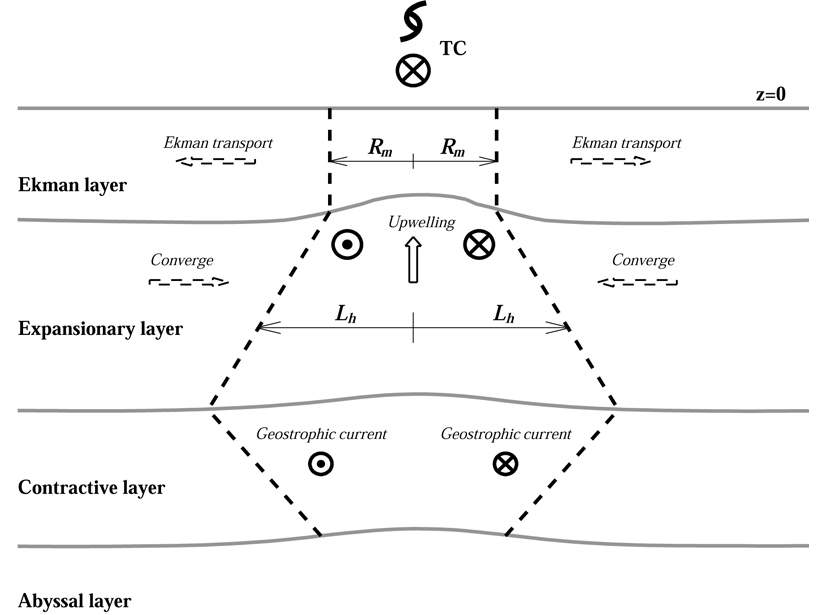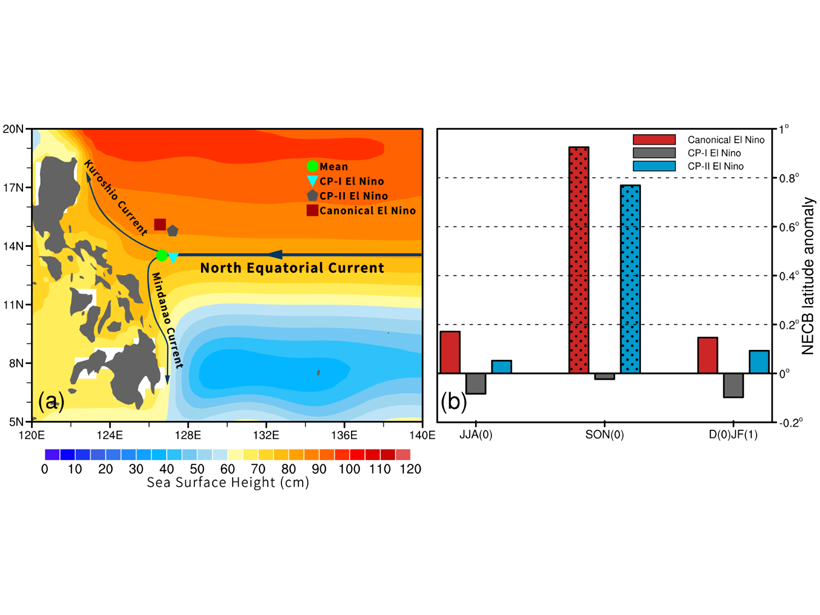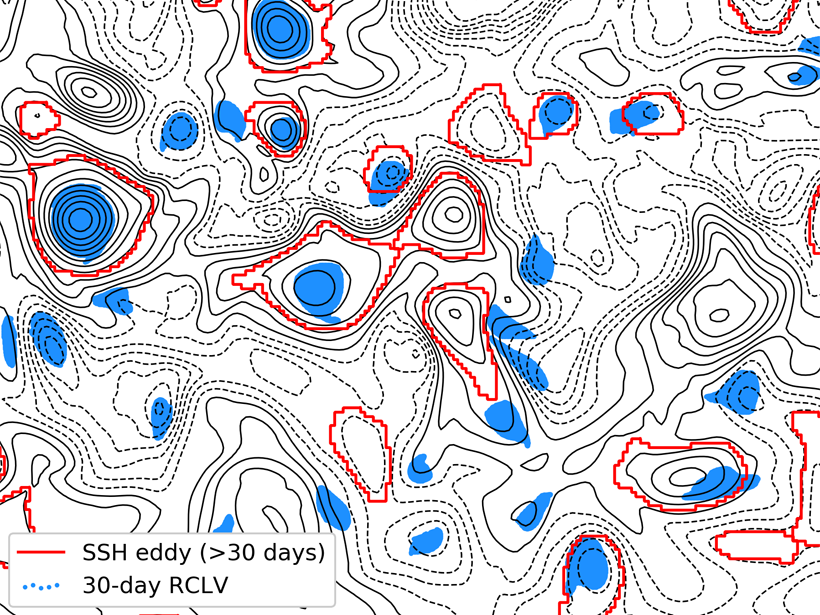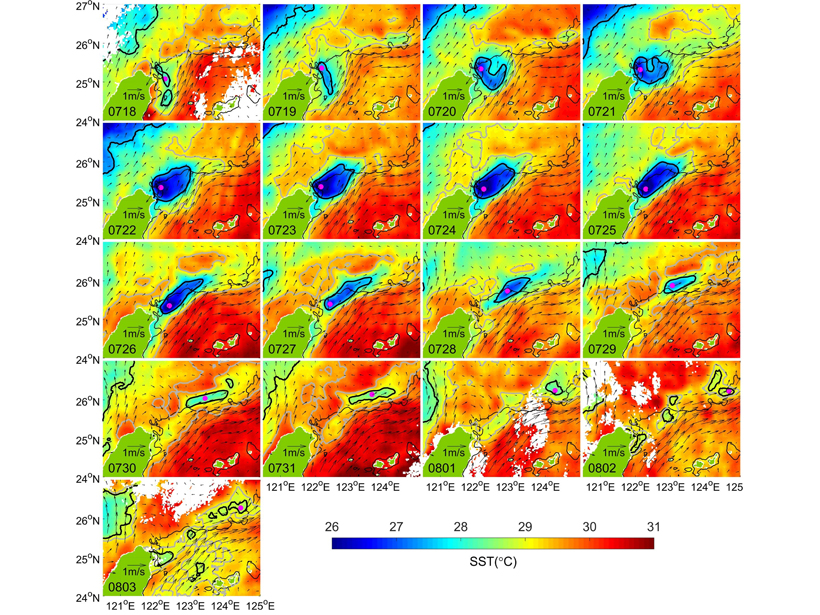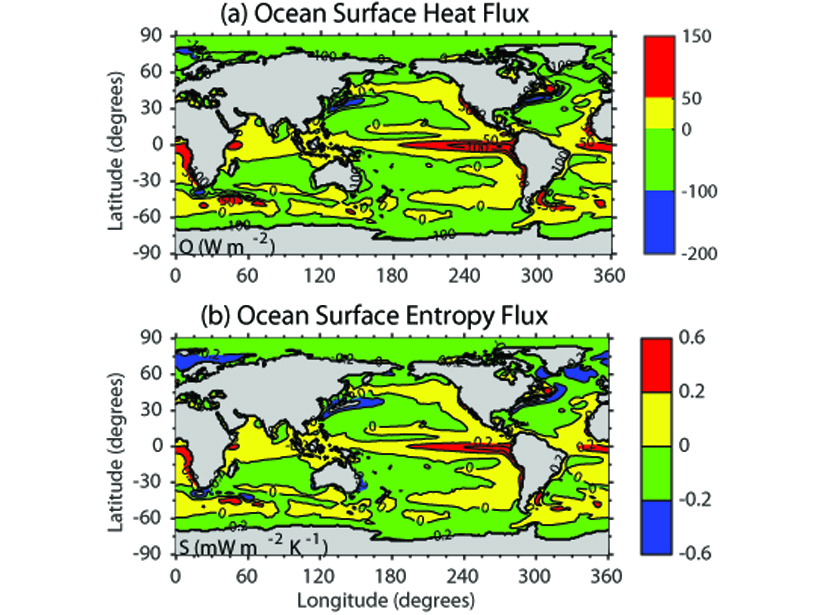Global ocean salinity products have become increasingly inconsistent since 2015, coinciding with a drift to higher salinity values in a number of Argo sensors.
Lei Zhou
Editor of JGR: Oceans
Ocean Waves Cause Drag Coefficient Asymmetry Within Typhoons
Observations show that, due to ocean waves, the drag coefficients for surface wind stresses have spatial asymmetry within typhoons, which should be considered in weather and climate simulations.
Wind Stress is not the Ceiling of Momentum Flux to the Ocean
The ocean is mainly driven by wind stress, but simultaneous observations show that the gain of momentum flux by the ocean can be larger than the wind stress due to the influence of ocean waves.
A Direct Bridge Between Tropical Cyclones and Ocean Eddies
Tropical cyclones can inject potential vorticity directly into ocean eddies—an alternative way for tropical cyclones to leave fingerprints on the ocean besides the traditional near-inertial wave.
Different El Niño, Different Paths of North Equatorial Current
Different types of El Niño have different impacts on the North Equatorial Current Bifurcation and can be extended to ocean circulations in the Pacific and the global climate system.
Different Eddy Transport for “Lazy” and “Athletic” Observers
Two specifications of fluid dynamics—taking measurements at a fixed point and following a fluid parcel—are compared for quantifying eddy transport in the ocean.
Air-Sea Exchanges from a Wave-Following Platform
Data obtained from a wave-following platform are used to calibrate coefficients and multiple parameterizations of air-sea fluxes in swell conditions.
Route for Upwelled Kuroshio Waters into East China Sea Shelf
A simple algorithm obtains short-term variations in upwelling, which show that the subsurface Kuroshio waters can upwell directly into the East China Sea shelf under the advection of the Kuroshio.
A Comprehensive Estimate on the Entropy Budget in the Ocean
An analysis of the energy budget in the ocean estimates the Carnot work to be 110 terawatts and the ocean’s Carnot efficiency to be 0.86%.
New Definition of Potential Spicity by the Least Square Method
A thermodynamic function of the potential spicity is defined and it is orthogonal to the potential density in the least square sense.

